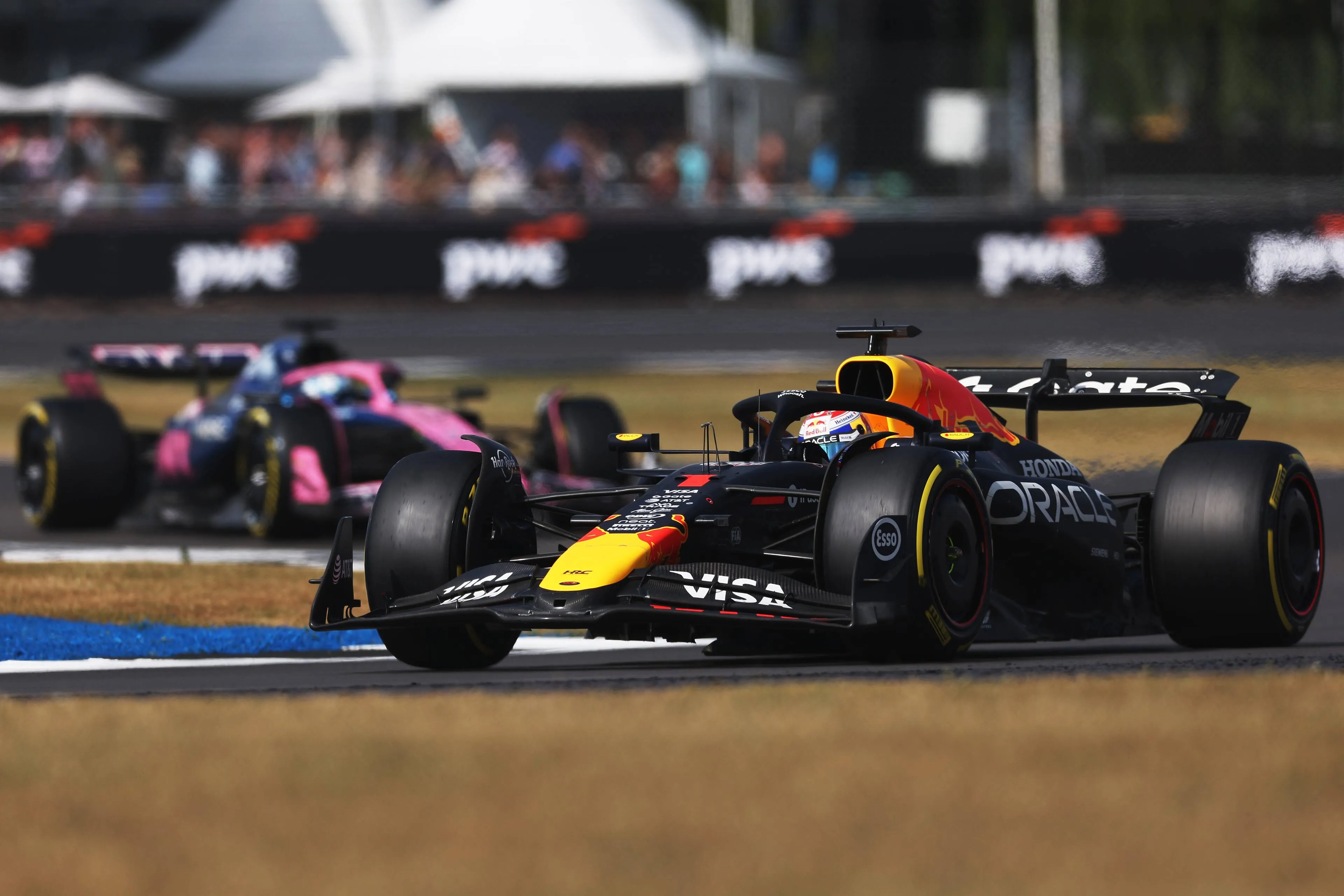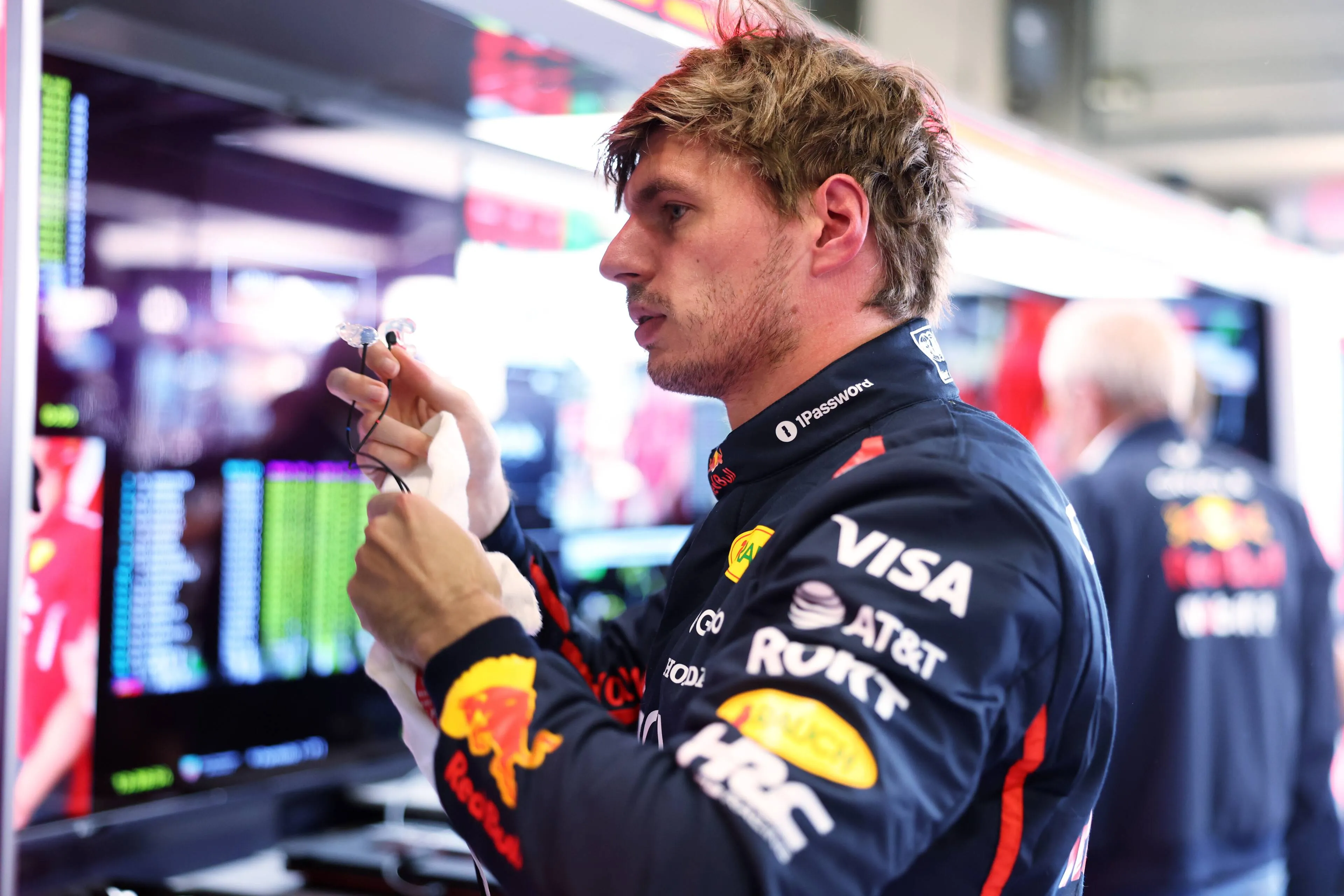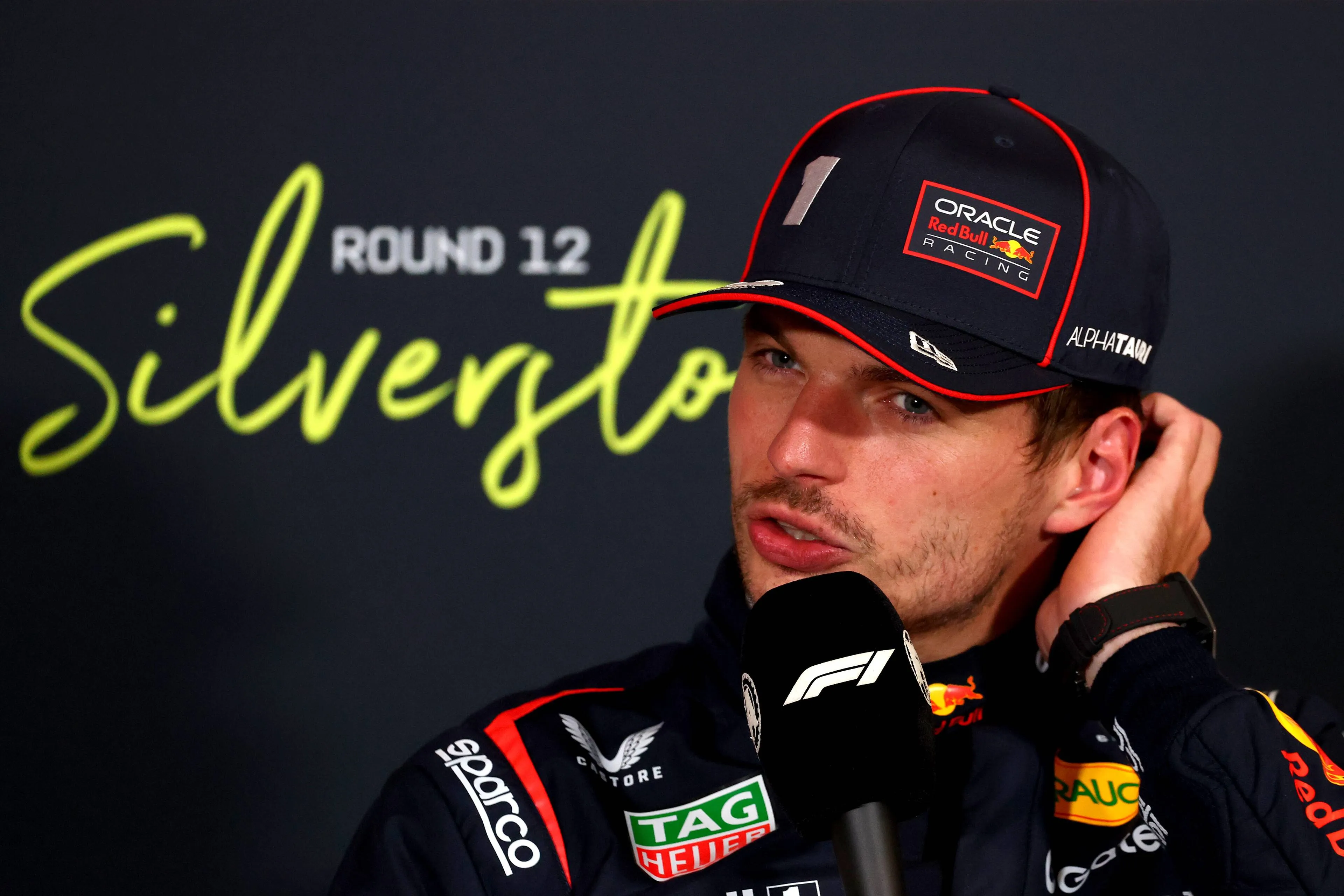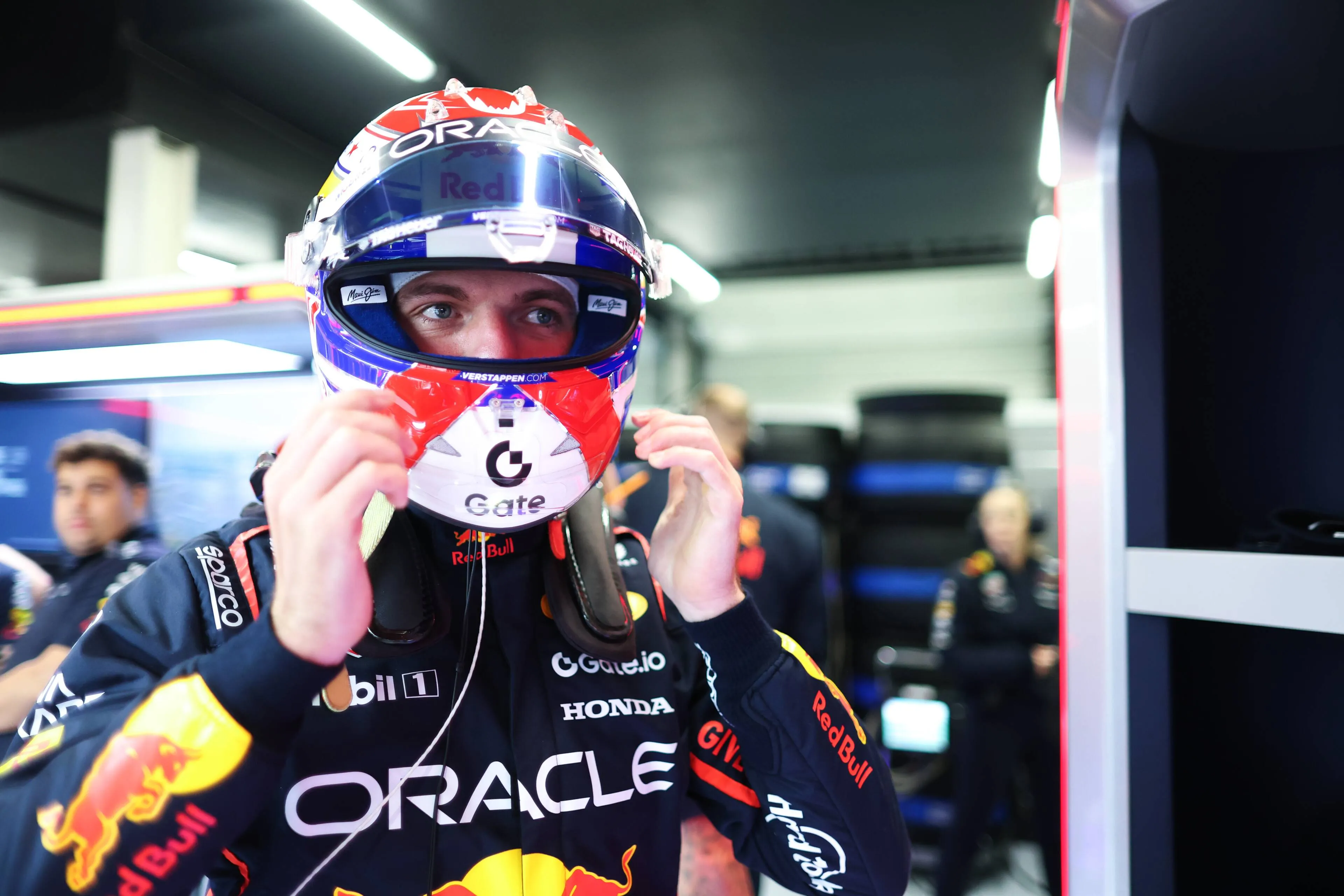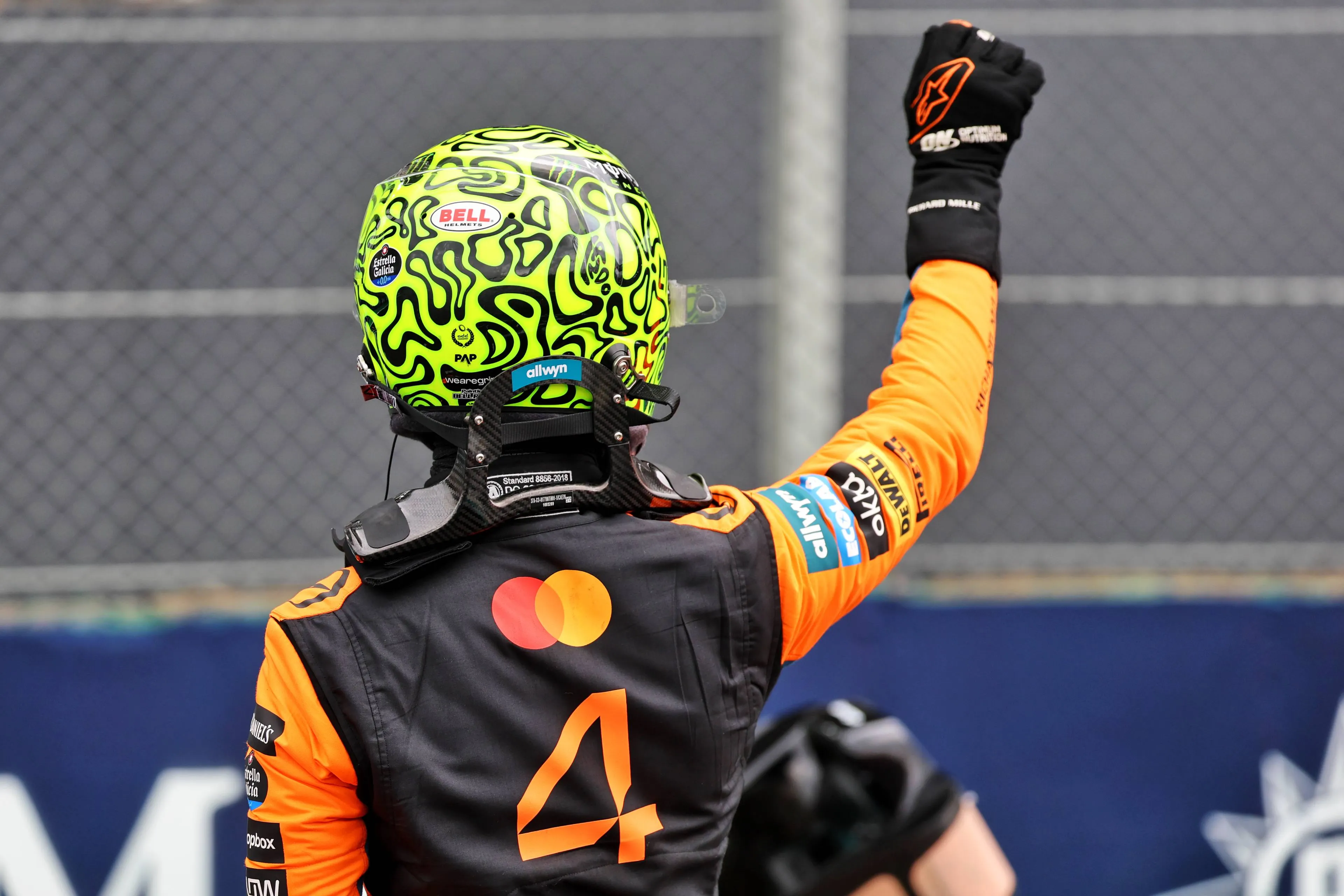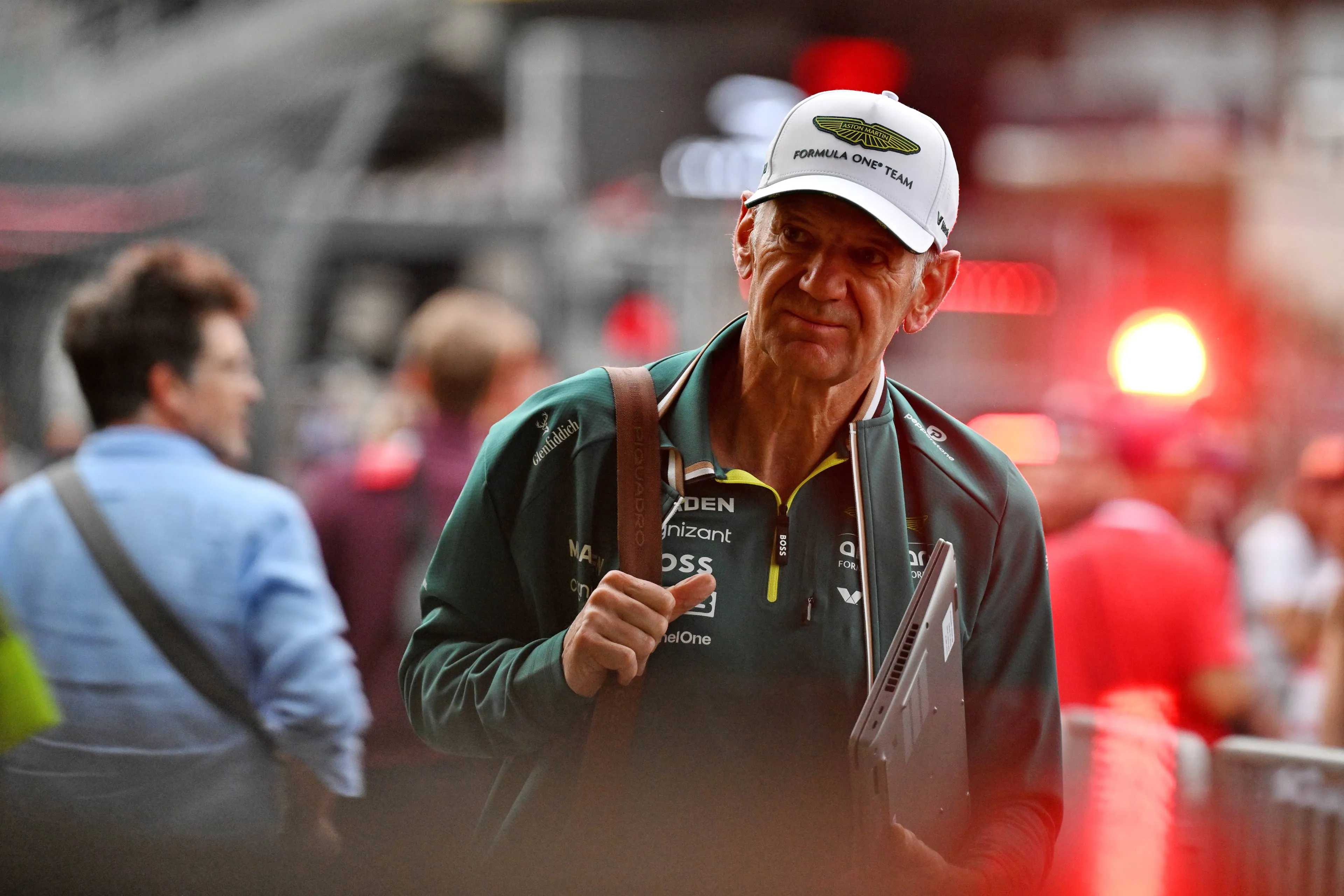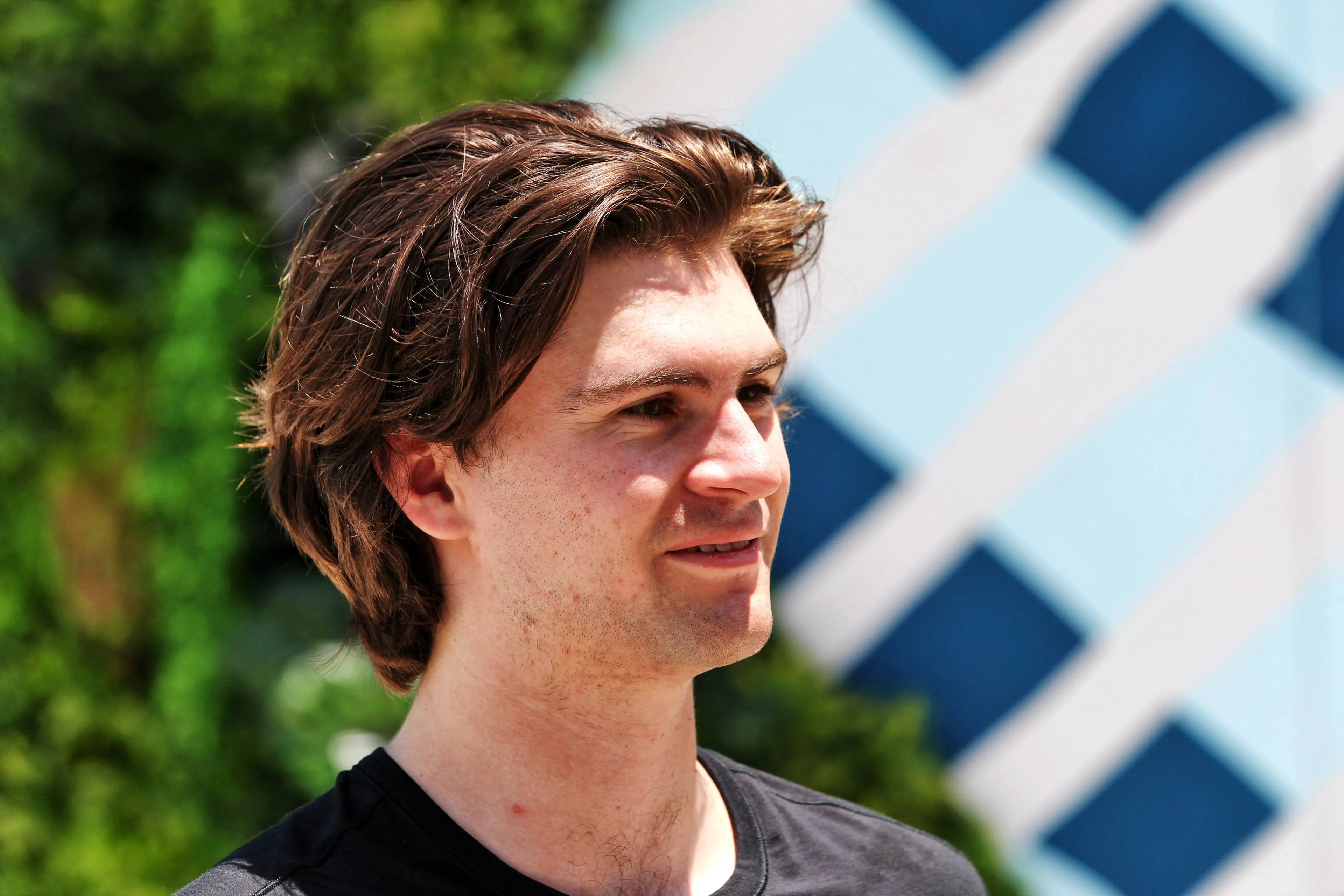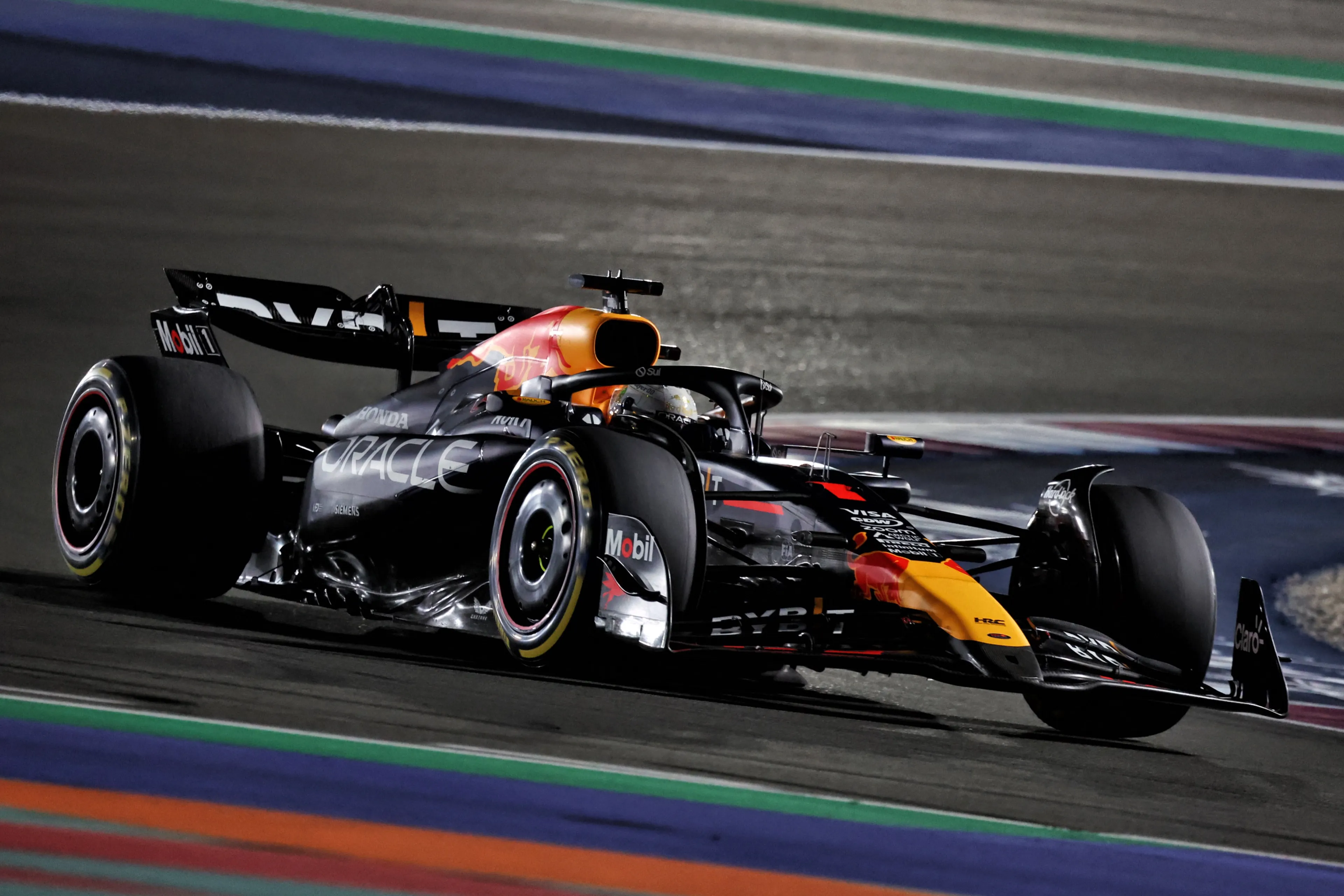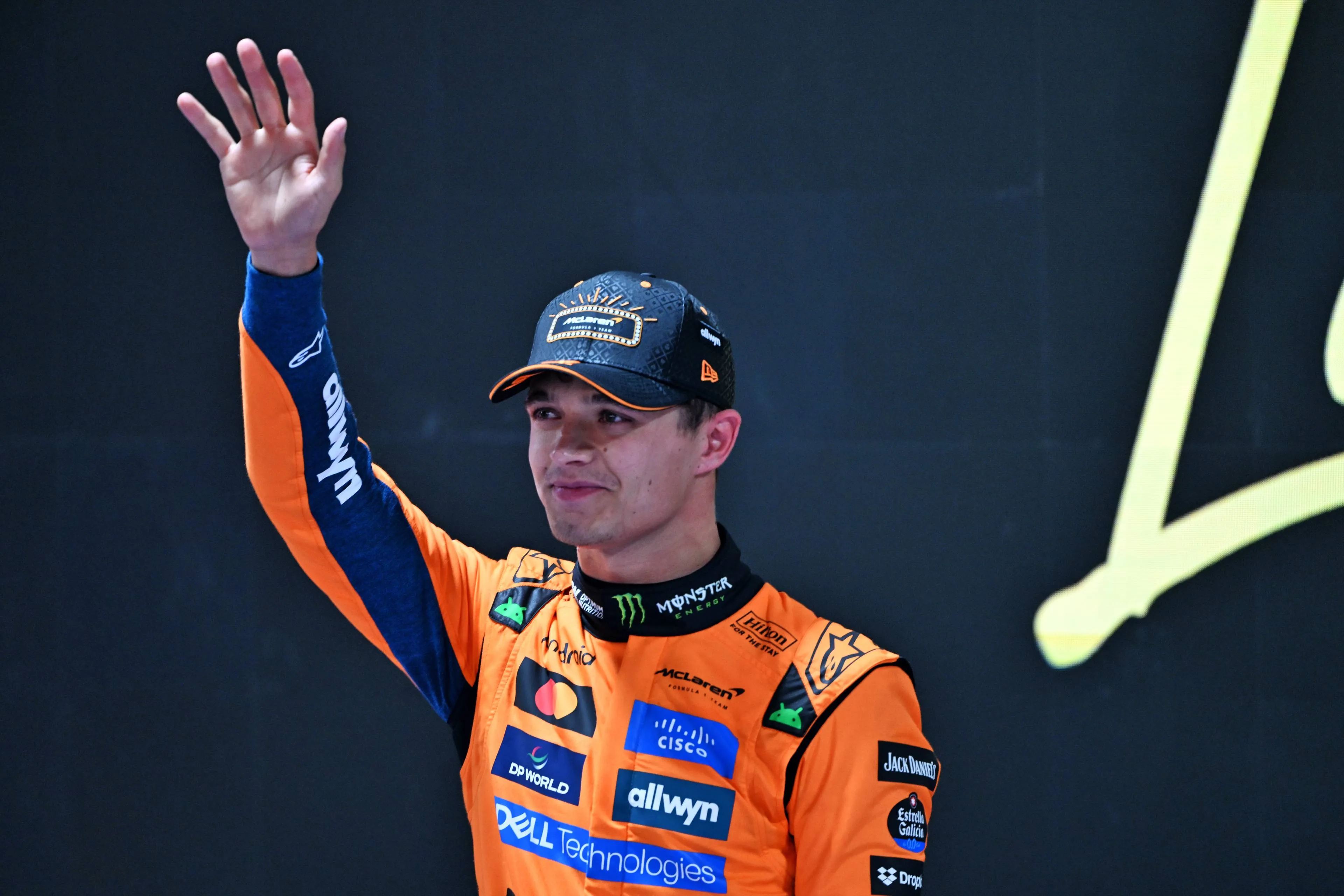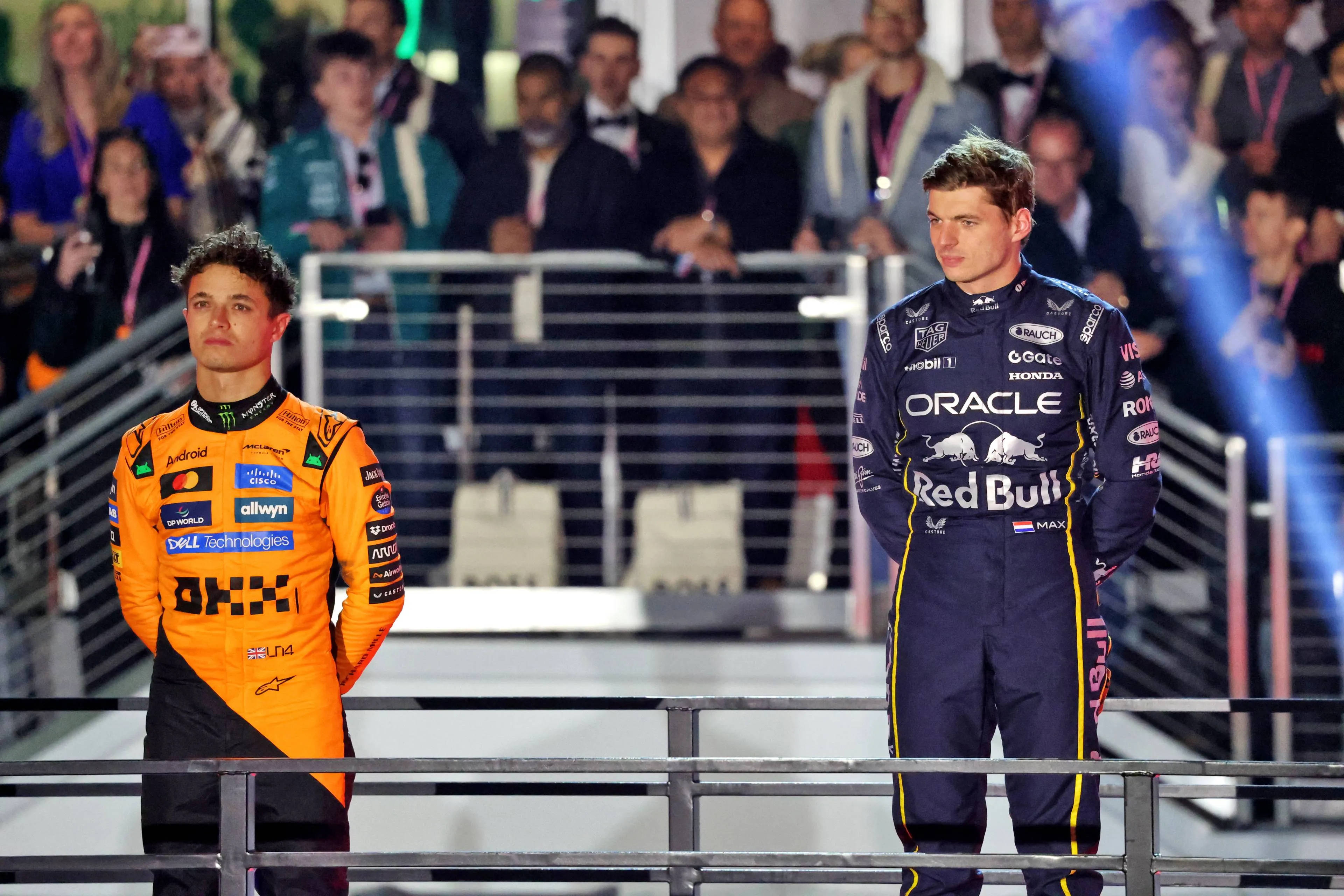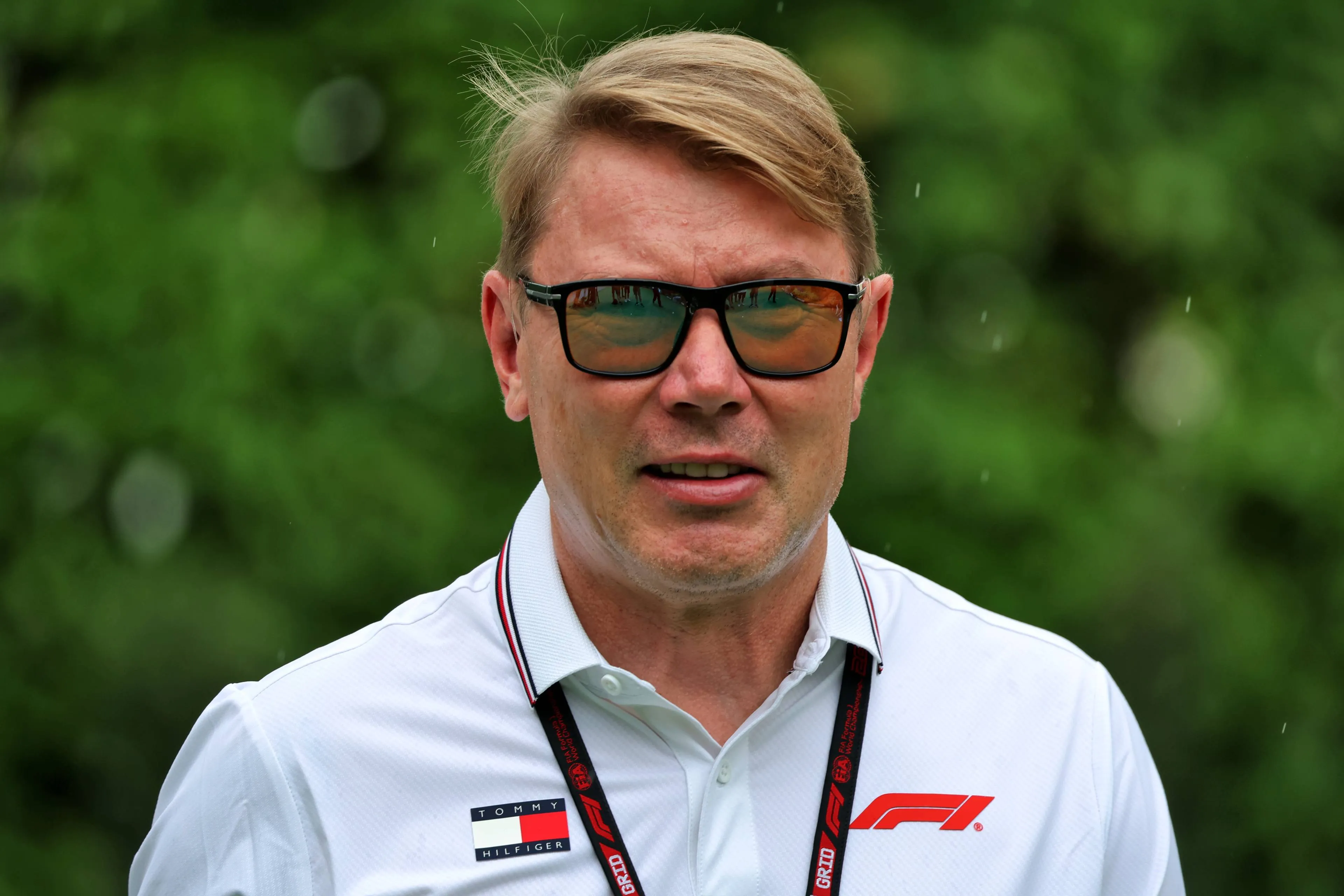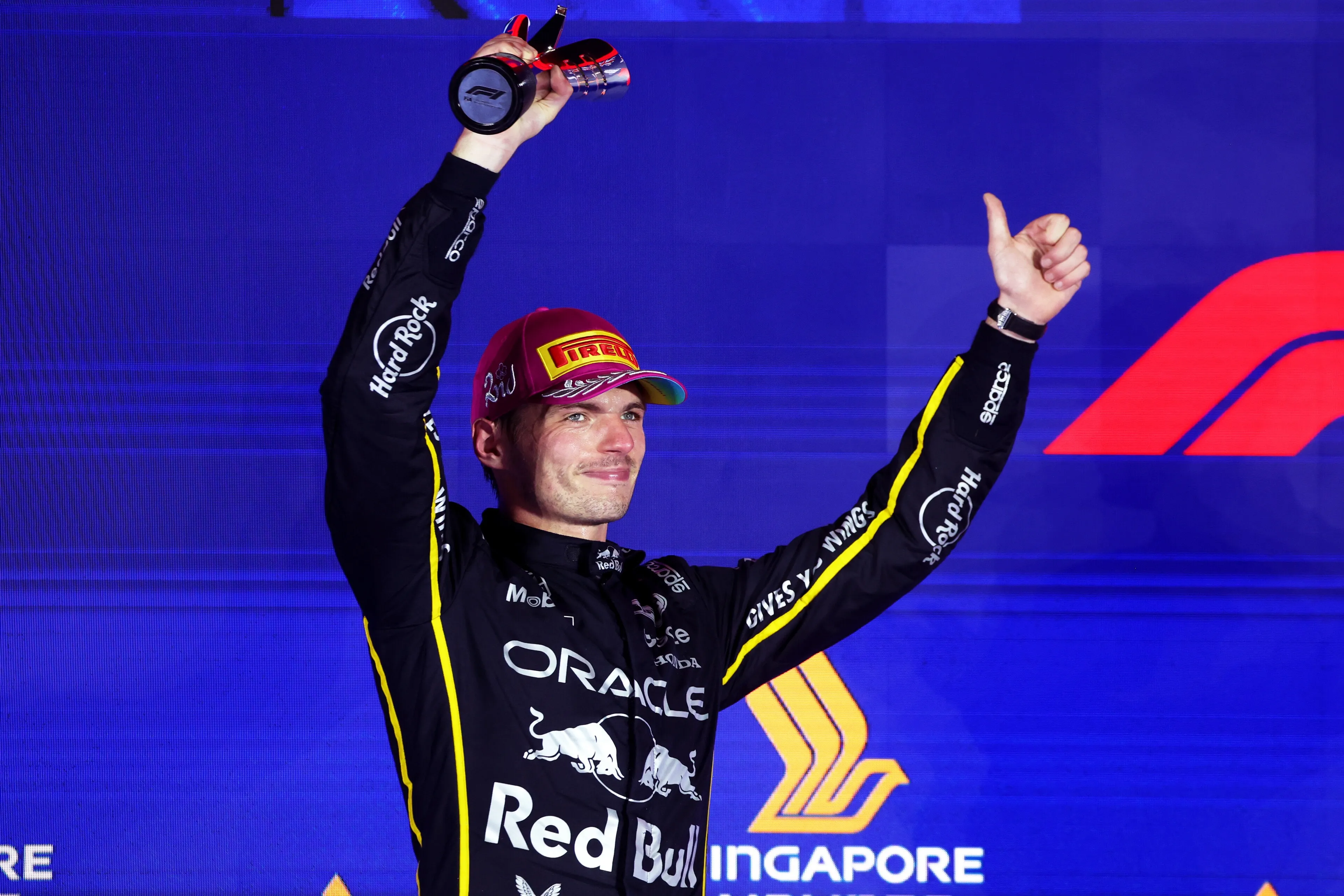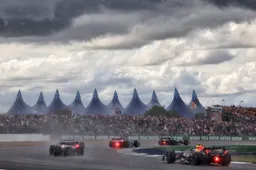It seemed like a masterstroke at first, but eventually, the smaller rear wing deliberately placed on the RB21 made it impossible for Max Verstappen to achieve a top result. Was it a blunder in hindsight or not?
With a phenomenal lap, Max Verstappen managed to put his Red Bull Racing car on pole for the British Grand Prix on Saturday. Naturally, this was largely due to the Dutchman's exceptional skills, but also to the very small rear wing that was mounted on the Dutchman's car after the two practice sessions on Friday.
Why did Red Bull choose this wing concept?
Thanks to this specification, Verstappen could record a high top speed without losing performance in the fast corners of the Silverstone circuit.
But there was a downside: should Sunday's Grand Prix be run on wet track, Verstappen would have a hard time steering his car quickly around the track.
And it rained on Sunday, very hard indeed. According to Verstappen, his car was uncontrollable at times, even resulting in a spin that cost him many positions.
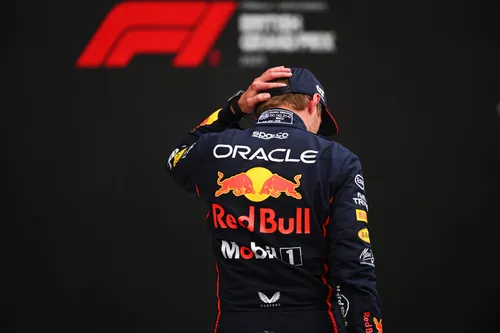
A blunder or not?
In hindsight, the legitimate question to ask is why did Red Bull opt to go with the smaller wing? In the first place, the team's rain radar indicated on Friday that the showers would fall on Sunday morning and it would be dry during the Grand Prix. In that case, Verstappen would have been fine with his car, but that weather forecast turned out to be wrong.
It also played a role that the Red Bull was so lacking in performance compared to, for example, the McLarens that something extreme had to be done to have any chance at a good finishing position. If they had continued in the way of Friday, then Verstappen would have driven a race already lost.
In short, the gamble - which backfired in hindsight - was justifiable.
Read also
Read more about:
Rumors
Popular on GPBlog
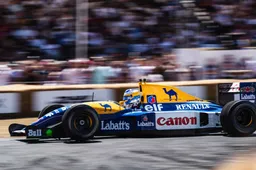
1
F1 team principal to make a stunning return to racing
9783 times read
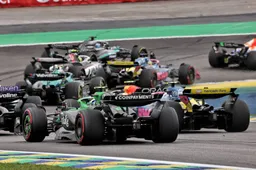
2
Severe penalty looms for Formule One drivers if they ignore Qatar’s new rule
2909 times read

3
Adrian Newey named Aston Martin's team principal for 2026
1160 times read

4
Hakkinen hits back at McLaren F1 rumours, ‘ego plays a bigger role’
821 times read
Loading
